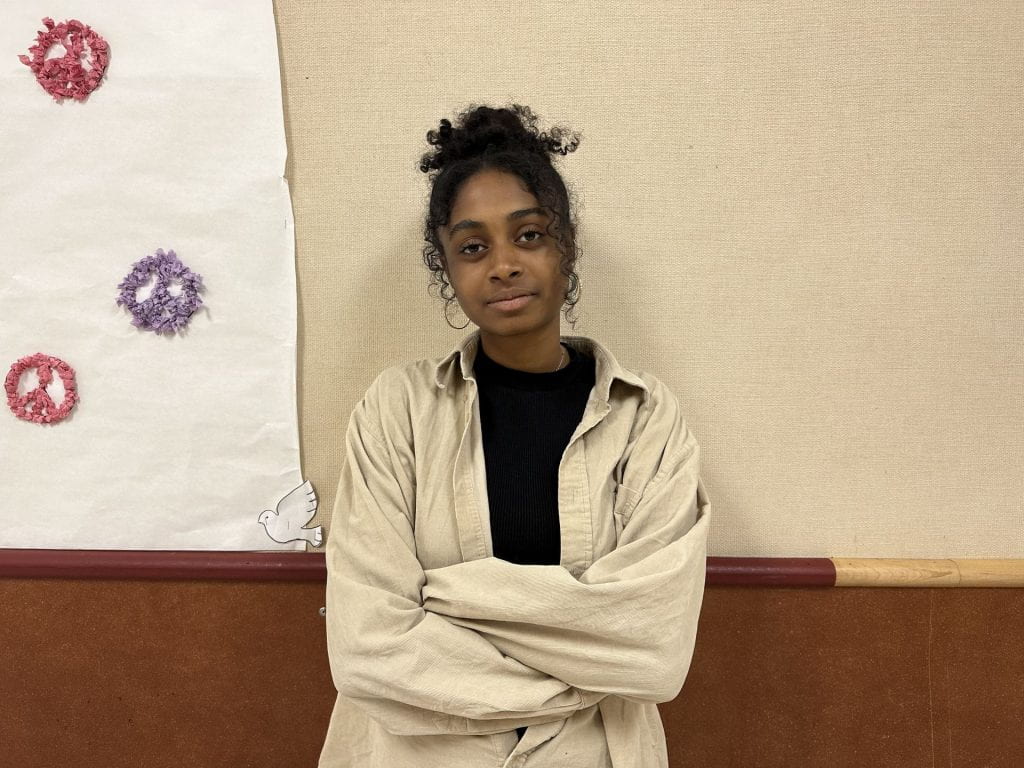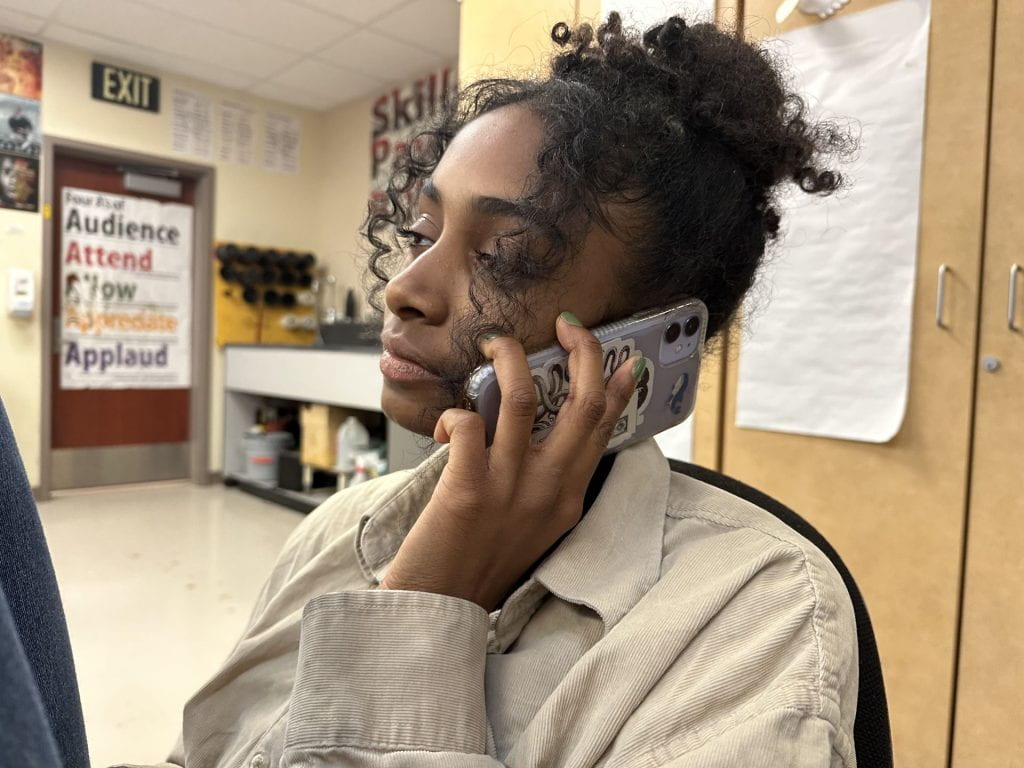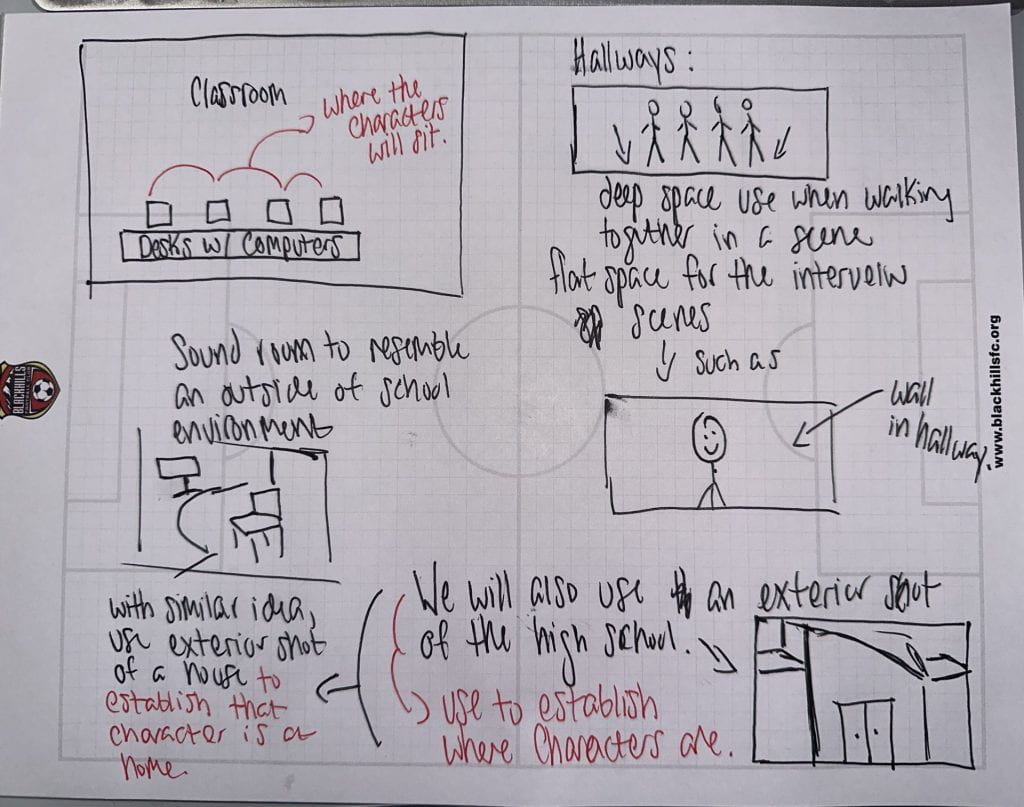Cinematographer’s Journal
Summary
As the Cinematographer, during Pre-Production I researched film techniques associated with reality television as collectively our group wanted our film to follow a similar structure. Hence, some techniques that I found that would help me create this concept included the use of handheld camera movements, quick pans, and zooms, the use of character reaction shots, and over-the-shoulder shots. I used Jennifer Van Sijll’s Cinematic Storytelling book as a resource to find other techniques that I may want to implement in the film such as the use:
High and the Low angle – #64 and 65
- create powerful, vulnerable or both
- below the eye level would work.
- Helpful to film by considering using in an argument scene, a low angle on the instigator for power. Or consider using it when a character is feeling sad or upset about something – for the vulnerability effect.
- Pointing down on something
- visceral high angle for vertigo effect.
- overhead shot – create uneasiness or anxiety.
- Character-driven high angle – makes the character seem smaller and weaker. Create vulnerability. Or a sense of danger.
- Helpful application to film, the character-driven high-angle shot.
Tilt up/tilt down – #69 and 70
- I plan to use this technique in the film when I am revealing something, whether that be revealing the main characters in the begining of the film or to reveal an object or attribute of a character. For instance to show that someone is guilty of something or if the characters are pointing something specific out in the film.
A film that I am taking inspiration from is Mean Girls.
Another source of inspiration for me is The Office:
- quick pans and zoom-ins and outs.
- Close-ups of the people who are talking.
- Reaction shots.
- zoom outs when a wide reaction or action.
- Handheld movements.
Inspiration for the interview scenes:
Have the character not directly look into the camera. By themselves in the shot. Medium (at shoulder shot).
Test Shots
For our interview-style scenes, I will pick a variety of locations with a simple to blank background such as the following.

The Characters will also be on a phone call together with a split screen in the film. I will shoot 4 different shots with the different characters on the phone such as below with a close-up shot. I will collaborate with the editor when filming these.

Lighting Tests
As the film is inspired by reality television, the lighting in the film will not be altered to become darker or lighter but to capture the lighting of everyday life. Lighting manipulation in the film will be minimal.
Equipment Checklist
- Camera – iPhone 14
- 1 Light + Light Battery
- Tripod – for the interview scene to ensure stability and that the shot is level.
Collaboration with Director
Mise en scene, collaboration/discussion for the first few scenes of the film.

Set-up Sequence Workflow
- Will meet with the team on what scenes our goal to shoot is for the day.
- Obtain the Light/Battery and iPhone that will be used as a camera. In addition, obtain the tripod if planning to film an interview scene that day
- Shoot the scenes
- Look over the scenes with the director to see if we need to reshoot anything or rethink a scene.
- Upload the shots to a shared google drive for the editor to access in Post-Production
Map of Each Location
Our team will utilize the classroom, the hallways in the school, and possibly the sound room to film our scenes. The film is meant to resemble a school environment. In addition, I will film a shot of the exterior of the school to establish that the characters are at school. Similarly, I will make a shot of the exterior of a house to establish that they are at home.

Storyboard Notation
Storyboard of the beginning of the film with camera notations.

What I Learned
Notes:
- Over-the-shoulder shots.
- Back-and-forth angles when having a conversation.
- Handheld.
- When there are too many people to have “man to man shot” do “zone coverage” where wide shots at first then start “breaking the large undefined groups of people into their own shots” to get closer to the characters, into medium shots then close-ups.
- Close-ups with quick pans.